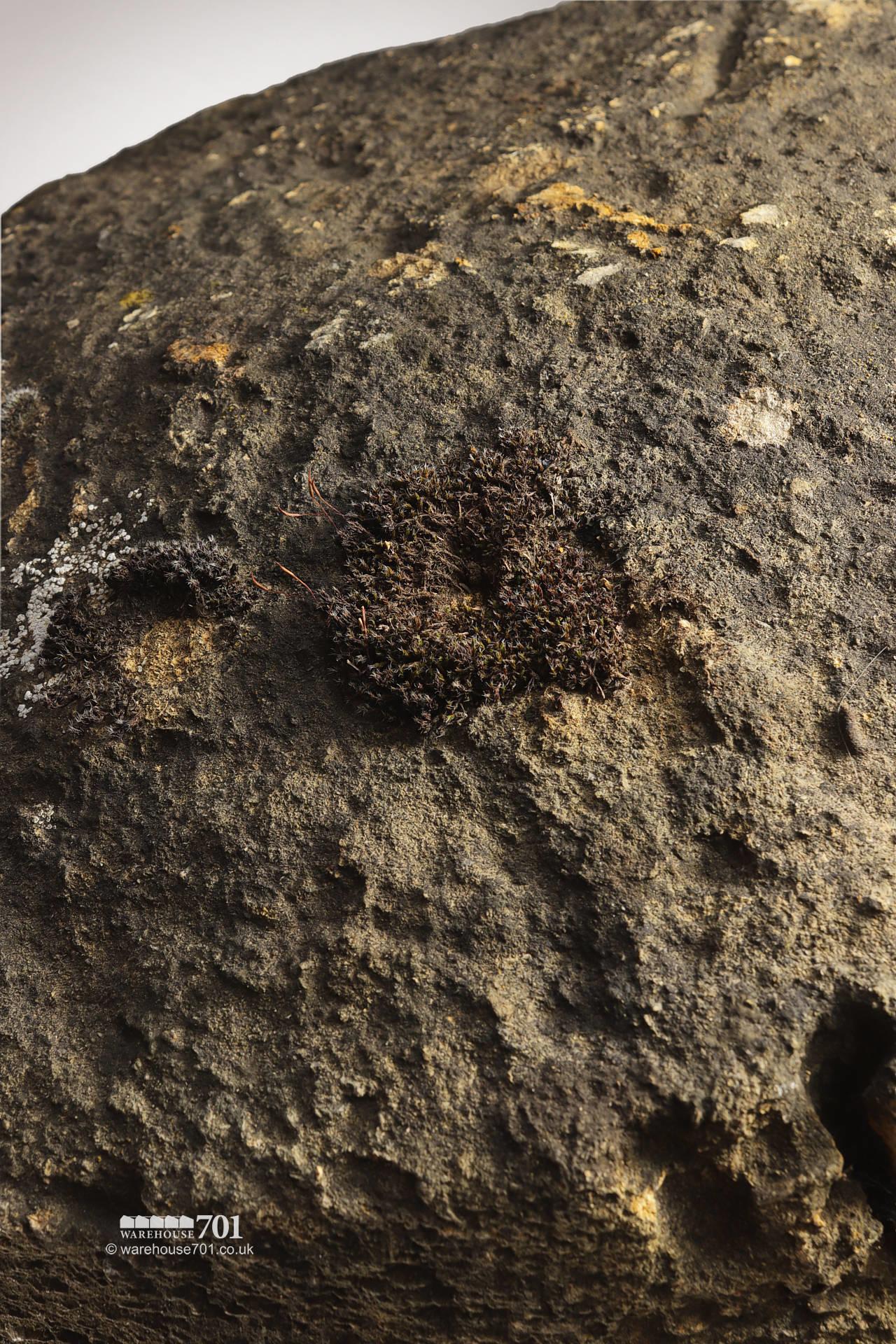


The objectives of this paper are to present a detailed description of the petrography of the carbonate rocks in the Swope Formation in the southeastern Kansas part of the outcrop belt, identify facies of the unit along this part of the outcrop, and interpret the depositional significance and interrelationships of these facies. Adapted from Moore (1948) and Zeller (1968). 1).įigure 1-Generalized columnar section for Bronson Subgroup. It is composed of three members which are, in ascending order, the Middle Creek Limestone, the Hushpuckney Shale, and the Bethany Falls Limestone (Fig. The subject of this study, the Swope Formation, is one of the persistent limestone units in the Upper Pennsylvanian sequence. The stratigraphic units are thin, laterally persistent, alternating layers of shale and limestone, with local sandstones, all dipping gently toward the northwest at 15 to 30 feet per mile. In eastern Kansas, Pennsylvanian rocks crop out in a belt that extends south-southwesterly through the state from the northeastern corner. Dolomitic micrites found in Iowa at the extreme northern edge of the Bethany Falls outcrop belt resemble shallow intertidal to supratidal sediments found on the west side of Andros Island. Oomicrites, pelsparites and pelmicrites in the northern part of the outcrop belt resemble the platform interior sediments of the Bahama Platform. Oosparites at the southern end of the outcrop belt of the facies resemble tidal bars and marine sand belts along the edge of the Bahama Platform. The distribution of subfacies in the oolite-pelletoid facies is analogous to the distribution of facies belts in modern oolitic carbonate sediments on the Bahama Platform west of Andros Island. The presence of oolitic limestone in the upper part of the Bethany Falls Member overlying biomicrites with a normal marine fauna suggests that shallowing of marine waters took place during deposition of the member.

Ubiquitous distribution of phylloid algae indicates all limestones of the Swope formed in shallow water. South of the mound complex in the extreme southern part of the outcrop belt, a thin dolomitic subfacies of the biomicrite facies, laterally equivalent to the mound complex, wedges out into the detrital sedimentary rocks of overlying and underlying formations. An algal mound complex composed of phylloid algal biomicrite is present in the southern part of the outcrop belt. An oolite-pelletoid facies (3) composed of oosparite, oomicrite, pelsparite, and pelmicrite overlies the biomicrite and mottled biomicrite facies. This unit interfingers southward with (2) less fossiliferous, color-mottled biomicrite. Here the lower part of this member is composed of (1) biomicrite containing a diverse marine biota, including abundant phylloid algae fragments. The Bethany Falls Limestone Member, uppermost member of the Swope, is composed of three facies in the northern part of its Kansas outcrop belt. The overlying Hushpuckney Shale, composed of black, fissile shale overlain by gray, blocky shale also is known to be present only in the northern part of the outcrop. The basal member, the Middle Creek Limestone, is a thin uniform biomicrite that is known to be present only in the northern part of the Kansas outcrop. The Swope Limestone Formation is composed of three members. This is, in general, the original text as published. Originally published in 1973 as Kansas Geological Survey Bulletin 206, part 1. Kansas Geological Survey, Bulletin 206, part 1, originally published in 1973Ĭarbonate Facies of the Swope Limestone Formation (Upper Pennsylvanian), Southeast Kansas by John H. 206, part 1-Carbonate Facies of the Swope Limestone Formation, Southeast Kansas


 0 kommentar(er)
0 kommentar(er)
